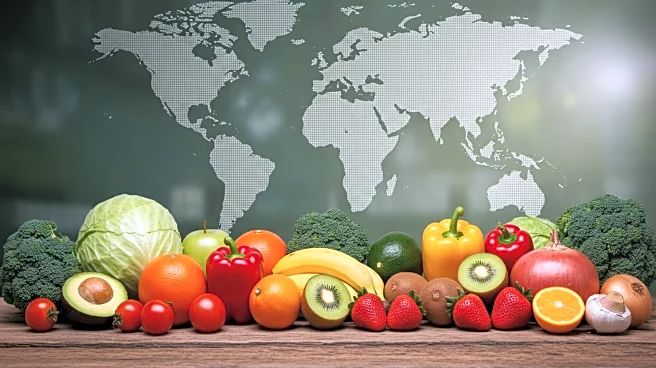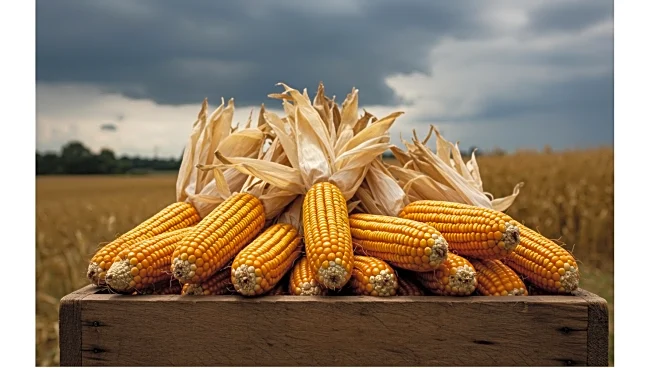Rapid Read • 8 min read
A new processing plant near Mitchell, South Dakota, is set to provide local soybean farmers with increased stability amid ongoing trade tensions. The High Plains Processing plant, expected to open in mid-October, will process up to 37 million bushels annually, representing about 16% of the state's soybean production. This development comes as South Dakota farmers face challenges due to President Trump's trade policies, which have slowed exports to key markets like China. The plant will produce soybean meal, hulls, and lecithin, catering to the growing demand for biofuels. South Dakota Soybean Processors CEO Tom Kersting emphasized the plant's role in reducing dependency on exports and providing a consistent local market for farmers.
AD
The opening of the High Plains Processing plant is significant for South Dakota's agricultural sector, which has been impacted by fluctuating commodity prices and high input costs. By offering a local processing option, the plant helps mitigate the risks associated with international trade disputes, particularly with China, the largest buyer of U.S. soybeans. This initiative supports the local economy by encouraging the use of soybeans and other oilseeds within the U.S., potentially opening new markets. The focus on biofuels aligns with broader trends in energy production, where vegetable oils are increasingly used, thus transforming oil markets and providing new revenue streams for farmers.
As the plant begins operations, stakeholders will monitor its impact on local agriculture and trade dynamics. The facility's ability to process various oilseeds could diversify South Dakota's agricultural output, potentially attracting new investments and partnerships. Political leaders and industry groups may advocate for similar projects to bolster local economies and reduce reliance on volatile export markets. The success of this plant could influence future policy discussions on trade and agriculture, particularly in regions heavily dependent on exports.
The development of local processing facilities like the High Plains Processing plant highlights a shift towards self-sufficiency in agriculture, reducing vulnerability to international trade fluctuations. This approach may encourage other states to invest in similar infrastructure, fostering regional agricultural resilience. Additionally, the emphasis on biofuels reflects a growing commitment to sustainable energy solutions, which could have long-term environmental benefits.
AD
More Stories You Might Enjoy











